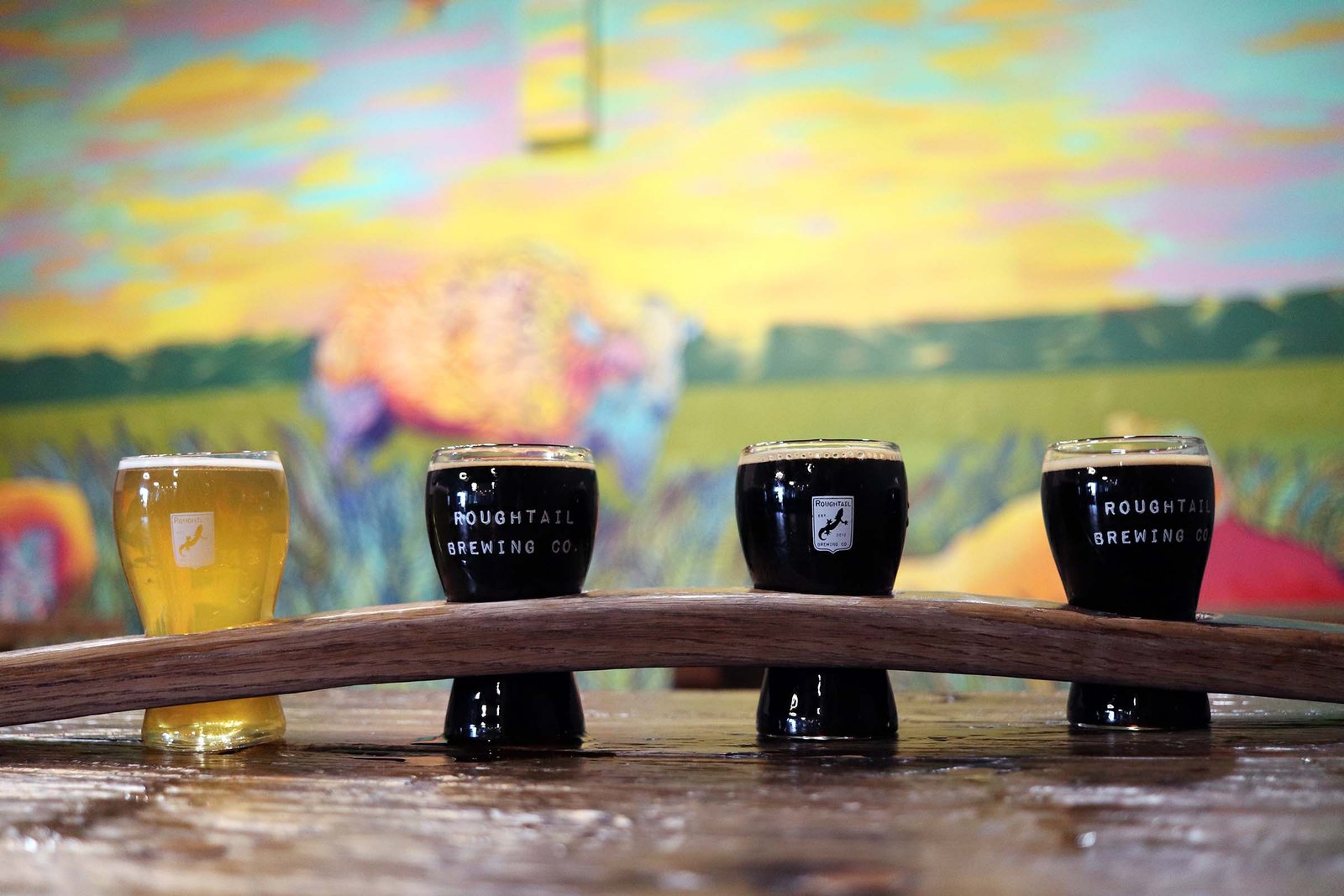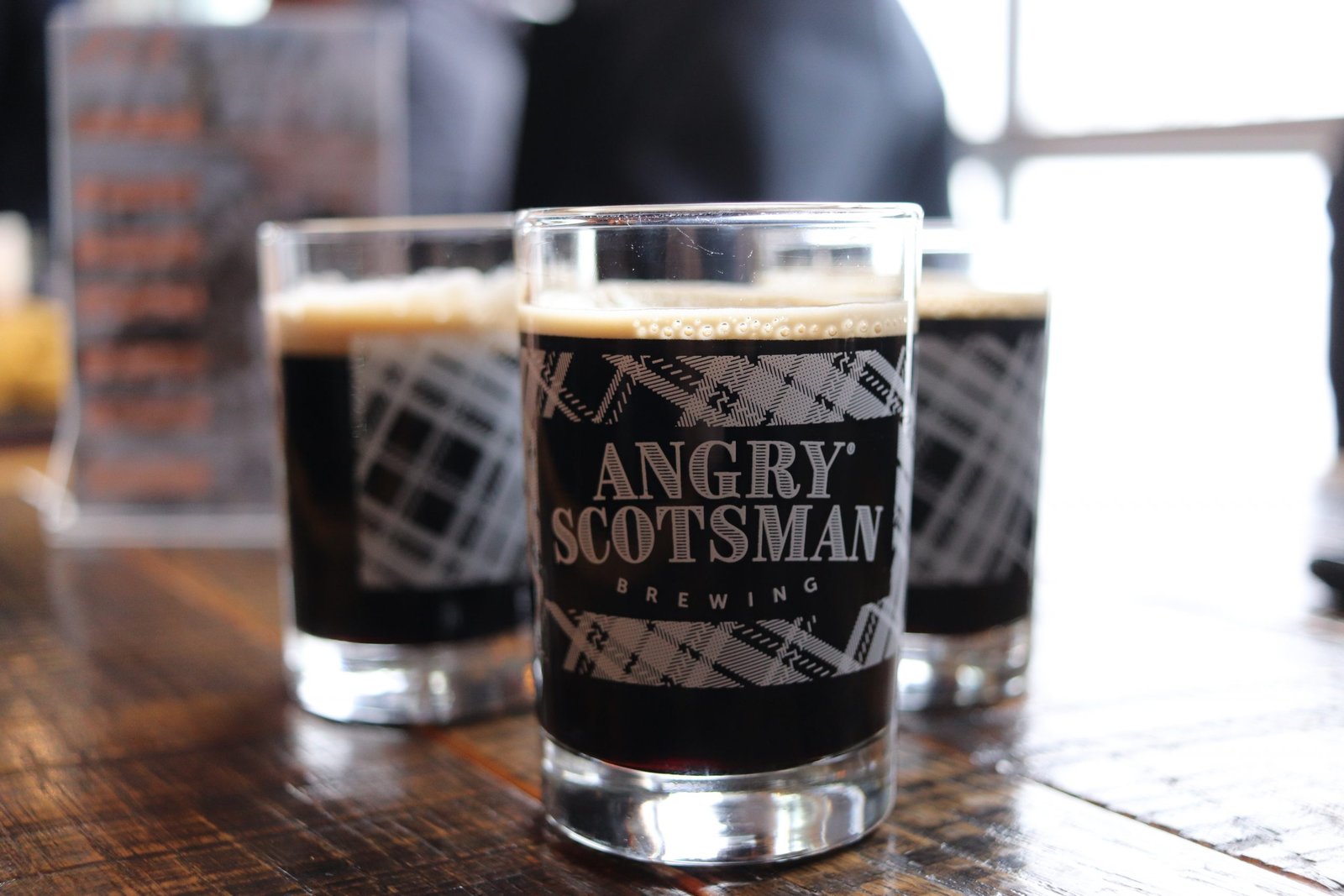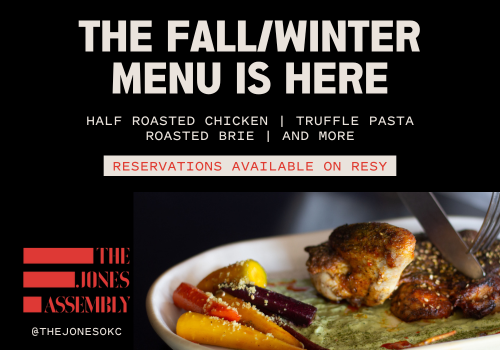From Laos to Guthrie, Again
Lao Lao Gin, the newest product from Guthrie-based WanderFolk Spirits, is scheduled to hit the market in September. It’s the first gin of its kind in the U.S., and quite likely the world, and two local culinary industry geniuses are behind it, with some inspiration from one of OKC’s emerging bar stars.
Start with two brilliant creators – one a distiller, one a chef – let them collaborate, and something good is bound to emerge. Jeffrey Cole started his current gig as Distiller and Director of Spirits at Prairie Wolf in 2018 (they changed the name in 2021), after establishing himself as one of the leading wine and spirits experts in the state. He was the perfect hire for the transition from Prairie Wolf to WanderFolk: a determined learner, curiosity-driven experimenter, booze nerd extraordinaire, and great palate.

In 2024, he was doing what he does, letting his curiosity lead him to learn about something new – in this case, Lao-Lao, the Laotian spirit that is roughly equivalent to U.S. moonshine or Chinese baiju. The spirit, a high octane white dog whiskey with an ABV that varies from distiller to distiller, is ubiquitous in Laos. When you’re learning about something Laotian in Oklahoma City, the first name that comes to mind is Chef Jeff Chanchaleune.
“Jeffrey reached out to us last year because he had an idea to create a Lao-Lao style spirit, and I thought it was a great idea,” Chanchaleune said. Most locals know he’s the owner of two Lao restaurants in Plaza District, Ma Der Lao Kitchen and Bar Sen, but they probably don’t know that ironically enough, (as far as we know) he was the first Lao student to graduate from Guthrie High School. He’s also a three-time James Beard Award nominee, and two-time finalist. (Cole’s spirits have won multiple Gold, Silver and Bronze awards at the San Francisco World Spirits Competition.)
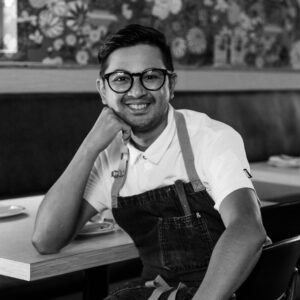
Photo of Jeff Chanchaleune courtesy of Southern Smoke Foundation
A quick explanation: Lao-Lao is two different words, because like Chinese and other monosyllabic East Asian languages, the meaning of Lao words is partly dependent on tone as well as spelling, so one simple three-letter word can have multiple meanings depending on the “direction” of the tone – up, down, uninflected. Chanchaleune assured us that our inability to say it properly will not stop him from serving it to us.
“It basically means ‘Lao liquor,’” Chanchaleune said. “It’s one of the two main drinks of Laos, including Cognac, which came from the French influence.”
Last year, when Cole reached out to Chanchaleune’s beverage director, Daniel Johnson, he still had a white dog in mind, but after a couple conversations, he decided to focus on what WanderFolk does best, gin. “Gin is just a redistilled base spirit,” Cole said. “And I really wanted to do a rice distillate, but not like sake.” Johnson enthusiastically endorsed the idea, and promptly sent a list of potential flavors used in Bar Sen and Ma Der for Cole to match with botanicals. It was Johnson who had the great good sense to add coconut to the list, a flavor he associates with panang curry, and one that would make Lao Lao Gin very unlike any other gin on the market.
Quick explainer again: Gin begins as a neutral spirit, like vodka or white dog whiskey. Neutral spirits are what they sound like, mostly free of flavor and color. The spirit is then redistilled multiple times with the addition of botanicals, including juniper, which is necessary to call it gin.

Jeffrey Alan Cole
Cole’s curiosity had him focused on sake rice, and because WanderFolk likes to source directly from farmers as close to Guthrie as possible, Cole reached out to his friends at Origami Sake in Hot Springs, Arkansas, for a referral.
“They sent me to Isbell Farms in England, Arkansas,” Cole said. “They have all these different milling options, but we learned that they usually dispose of their broken rice; it’s the stuff that gets shattered in the milling process. When I distilled both, you couldn’t tell the difference between the properly milled and broken rice. It presented us a symbiotic relationship: we got a great product at a great price, and they made money off their waste product.”
Sake is made with the use of koji, rice that has been inoculated with aspergillus oryzae, a mold that breaks down the starches and converts them to sugar. Lao-Lao is made by adding enzymes to break down the starches, instead of mold. Cole opted for the Lao-Lao style, thus the name.
“I didn’t just want to use the distillation process,” Cole said. “Jeff and I talked about the botanicals that would make the most sense for a Lao gin. We chose juniper, of course – not really a choice – coriander, coconut, makrut lime leaves, fresh lime peel, lemongrass, galangal, and licorice root.”
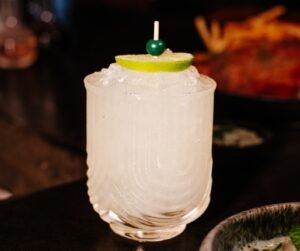
Photo by Chris Nguyen
Johnson’s task this year has been to incorporate Lao Lao Gin into his menus. “We had a small sample bottle to work with,” he said. “As soon as it’s in distribution, the first drink affected will be the Bramble at Bar Sen. I’ll work on Ma Der after that.” In terms of the taste, Johnson said, “The coconut doesn’t come out until you mix it. If you’re just sipping it neat, you get the galangal, juniper and lemongrass, but when it’s mixed, the tropical notes come forward.”
(Note: We’ve tasted it, and Johnson nailed it.)
For Chanchaleune, this is another component of his now years-long process to educate locals on Lao food and culture, to expand the profile of Lao cuisine, and give us all a taste of the food that shaped who he has become as one our most accomplished chefs.

Bev Director Daniel Johnson
“We’re making it available in wider distribution,” Chanchaleune said, “so you’ll be able to find it on liquor store shelves and back bars. It’s just a way of expanding the profile of Lao culture. We’re working with Thirst Wine Merchants and Revolution Wholesale on distribution.”
Cole said he’s just waiting for the full shipment of labels to start getting everything ready for distribution. Because of Oklahoma’s liquor laws, the product has to be registered with the ABLE Commission by the 15th of the month prior to being offered for sale, which means August 15 to post and September 1 to sell. “I just finished a batch that will make 20 cases,” he said, “and we’ll see how sales go to determine production levels.”
Given the reputations of the two involved, I suspect sales will be brisk. Both have hinted that they’d love to see distribution beyond Oklahoma, but that requires solutions to a complex set of problems best left for another article. Chanchaleune, however, does very much love the idea of Lao restaurants around the country having a Lao-Lao-inspired product in their bar program.

Featured image by Chris Nguyen




